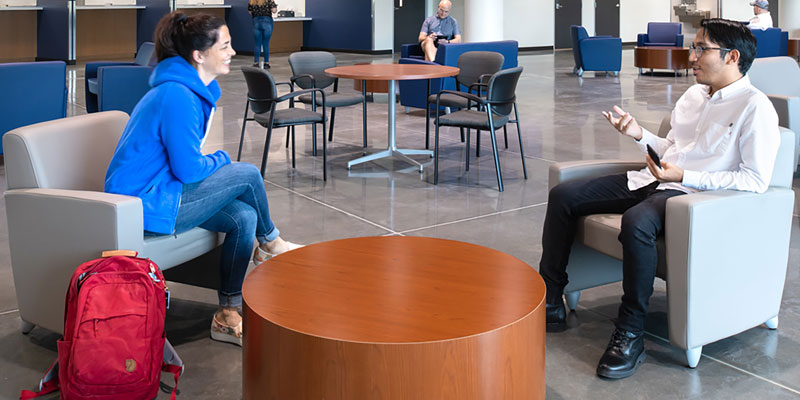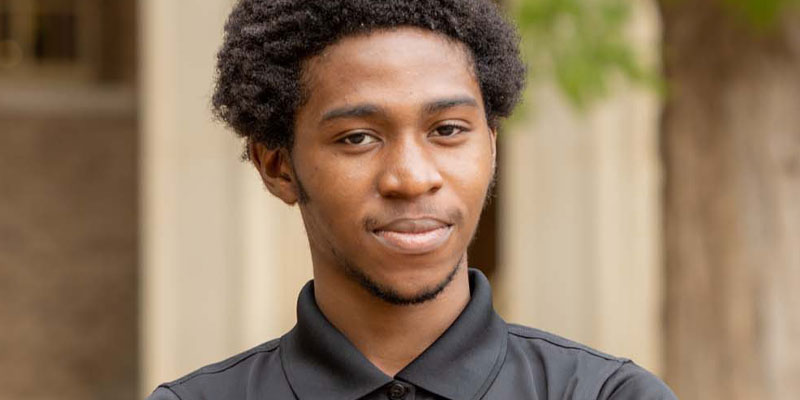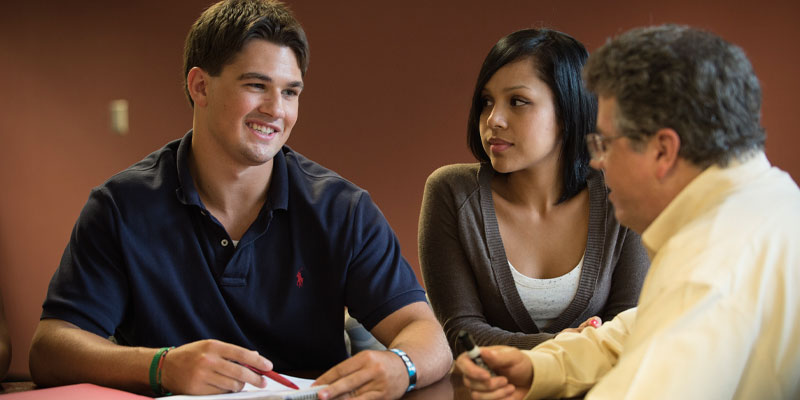
By Amanda Fenwick
San Jacinto College Deputy Chancellor and College President Dr. Laurel Williamson will co-chair the Texas Transfer Advisory Committee, a statewide collaboration to make transferring from a Texas community college to a four-year university seamless for students.
 “I am honored to have been selected as co-chair of this committee,” said Williamson. “The work we have done so far, and will continue to do, is valuable for the more than 715,000 community college students in Texas. Ensuring that they are able to have a defined pathway from community college to university so that they graduate on time is critical for our state.”
“I am honored to have been selected as co-chair of this committee,” said Williamson. “The work we have done so far, and will continue to do, is valuable for the more than 715,000 community college students in Texas. Ensuring that they are able to have a defined pathway from community college to university so that they graduate on time is critical for our state.”
The TTAC was derived as part of legislation from Texas’ 86th legislative session. Senate Bill 25 included several important provisions to improve transfer in Texas, including recommended course sequences, earlier filing of degree plans, and new reporting on nontransferable credit. To build upon the momentum created by Senate Bill 25, the Texas Higher Education Coordinating Board convened a small workgroup – the Improving Texas Transfer Workgroup – to study and make recommendations to improve vertical transfer and the applicability of credit in Texas’ public higher education institutions. From that workgroup the TTAC was formed.
Williamson will co-chair the TTAC alongside Dr. James Hallmark, Texas A&M University vice chancellor for academic affairs. The committee will comprise faculty and administrators from public institutions, with equal representation from community colleges and universities, and advising and student ex-officio members. They will oversee and ensure consistent review of all parts of the Texas Transfer Frameworks and share information. In addition, TTAC will review relevant data, coordinate the schedule of discipline-specific reviews, make recommendations to the Texas education commissioner, and propose changes when institutions indicate that an aspect of the framework is not working. The TTAC will work under the design principles developed by the Improving Transfer in Texas Workgroup.
According to the THECB, community colleges serve 70 percent of first- and second-year students in Texas. Providing a path for students who start at a community college to navigate the transfer process and earn a four-year degree is key to increasing opportunities for social and economic mobility.
While there are some challenges around misalignment, unclear pathways, and insufficient and confusing information about transfer, Williamson hopes TTAC’s work will provide clearer and more substantial direction and information for students and Texas public institutions.
“The work ahead of us is exciting,” Williamson said. “We have the pieces in place for seamless transfer opportunities in Texas, and our work will put those pieces together. We want to understand where our students are not being successful in the transfer process and fix that. It’s about aligning curriculum and courses that make sense for students and saving students money and time to completing their degree.”
The committee will begin its work by reviewing the current fields of study pathways. Williamson anticipates several sub-committees comprising subject matter experts from community colleges and universities will determine the best transfer solution for students by mapping a pathway from high school to community college to university.
The committee will be a permanent standing committee for the THECB, which meets regularly.
To learn more about the TTAC, visit highered.texas.gov.



